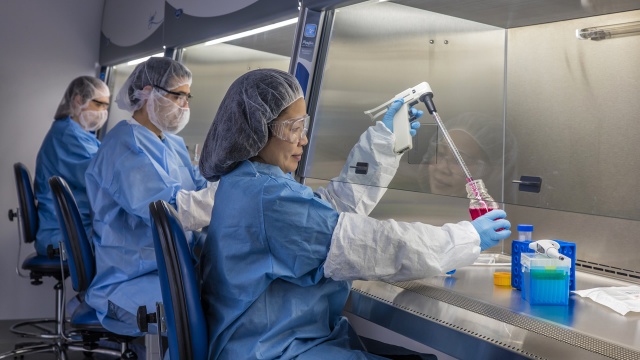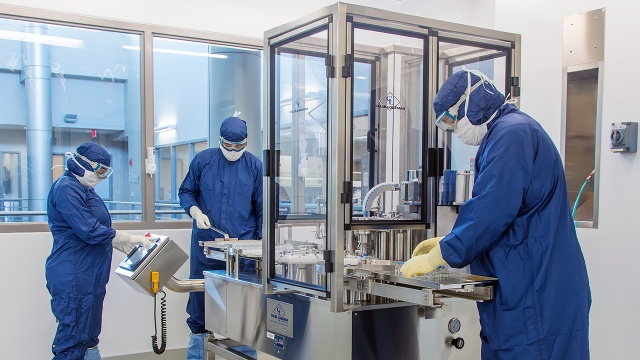Our Quality Systems training curriculum offers a variety of courses designed to help manufacturers in the Life Sciences industry ensure that the manufacture of products adheres to current good manufacturing practices, assuring the safety and efficacy of such products. Some of our course offerings include the following topics: CAPA, audits (internal, supplier, FDA), CGMPs, Writing Effective SOPs, and Report Writing. These can either be offered onsite or at your facility. Through our training, experienced, enthusiastic, quality professionals are eager to assist you in understanding your requirements better and building a robust quality management business approach that would turn any challenges into opportunities for product improvement and continued success.

Advanced Batch Production Records Concepts
Participants will learn the importance and benefits of having and completing Batch Production Records (BPRs) and the…

Aseptic Processing Concepts
Aseptic processing is utilized to prevent contamination and manufacture sterile products to ensure patient safety.…

Basic Technical Writing
Students will learn how to write using the three most commonly needed skills in any type of technical document: writing…

Bio-Agricultural Program Readiness Opportunity
The Bio-Agricultural Program Readiness Opportunity (BioAg PRO) provides practical, hands-on learning and…

BioCertification Review
All students who complete the BioWork Certificate Program successfully are eligible to take the certification exam.…

CGMP Overview for Medical Devices
This course provides an overview of the Food and Drug Administration (FDA) principles, requirements, and expectations…

CGMP Overview for Pharmaceuticals
This overview of CGMP for Pharma outlines the fundamentals of current Good Manufacturing Practices (CGMP) used by…

Cleanroom Gowning Concepts
Aseptic gowning is a system of donning apparel to prevent the contamination of aseptic processing areas. The Cleanroom…

Deviations, Root Cause Analysis and CAPA Resolution
This course is designed to introduce technicians and professionals to the principles and regulatory requirements of…

Disinfection, Sterilization, and Containment
This course introduces principles of contamination and containment for the biopharmaceutical industry along with…

Elements of Good Documentation Practices (GDP) and Data Integrity
An overview of Good Documentation Practices, including the differences between documents and records, the typical ISO…

FDA Audit Preparation
FDA Audit Preparation is designed to help create an environment of preparedness to instill a culture of quality…

GMP and SOP
This 24-hour online course covers six modules related to Good Manufacturing Practices (GMP) and effective Standard…

Good Documentation Practices (GDP) and Data Integrity
Are you responsible for preserving documents or for ensuring that your company’s data is complete and correct? Stay on…

Molecular Biology Techniques
This course provides students with a sound, practical, and theoretical knowledge of key techniques to perform cell…

Quality Risk Management
Quality Risk Management is utilized by companies to determine where the risks lie that may adversely impact the quality…

Writing Effective SOP's
Students will learn how to write an effective Standard Operating Procedure (SOP) as well as why these are a required…